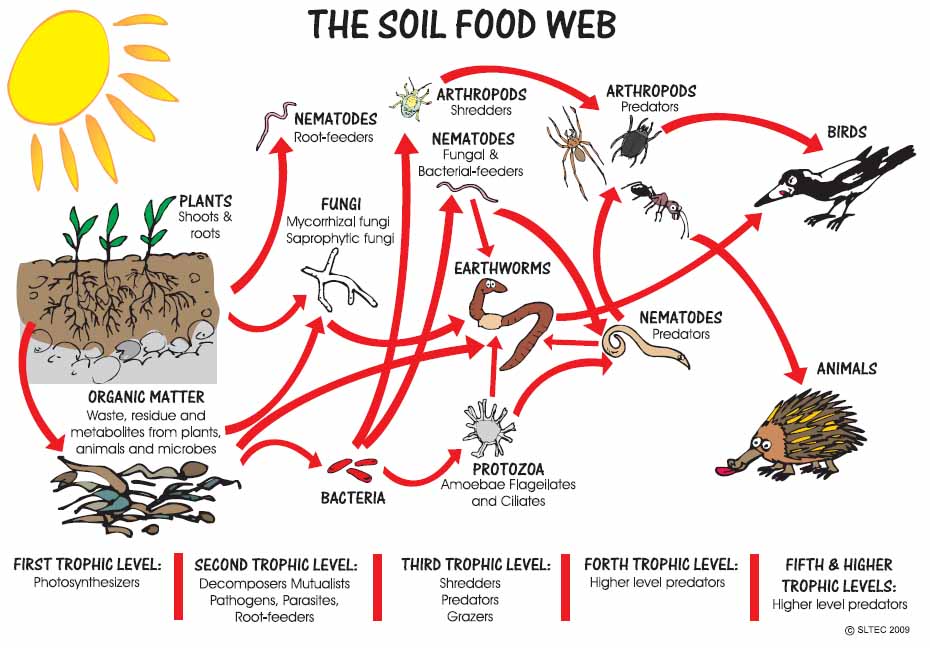A study was conducted over 3 years on an experimental home lawn to detect, measure and contrast the effects of white grub control products on the abundance of soil-active arthropods. Both short-term effects (those caused by a single application) and cumulative effects (those attributed to repeated yearly applications) were evaluated for five different control regimes: trichlorfon (an organophosphate contact insecticide), imidacloprid (a neonicotinoid systemic insecticide), halofenozide, entomopathogenic nematodes and elemental sulfur. A consistent short-term effect due to individual applications was not detected. But the cumulative results of three consecutive yearly applications to the same field plots showed that imidacloprid suppressed numbers of total hexapods, Collembola, Thysanoptera and Coleoptera adults by 54-62%. Trichlorfon, halofenozide, sulfur and nematodes had no discernible impact on the abundance of non-target arthropods as measured in this study. The fact that imidacloprid has a higher environmental impact than trichlorfon may be due to persistence in the field.
Author: D.C. Peck (2009) Pedobiologia 52, 287-299
http://www.nysaes.cornell.edu/ent/faculty/peck/pdf/Peck-2009.pdf

- Log in to post comments
